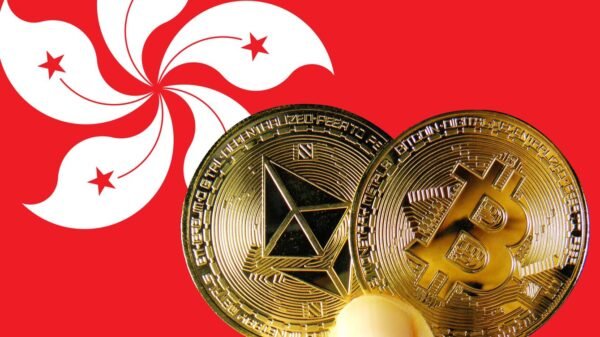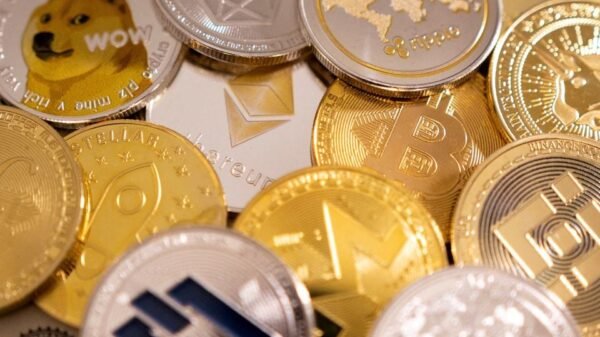A Bank Identification Number (BIN): What Is It?
A payment card’s first four to six digits are called the bank identification number (BIN). These digits identify the financial institution issuing the card. As a result, it associates transactions with the card’s issuer. Credit cards, charge cards, debit cards, and other payment cards have BINs.
Using the BIN system, financial organizations can avoid identity theft and detect fraudulent or stolen payment cards.
The Function of Bank Identification Numbers (BINs)
The International Organization for Standardization (ISO) and the American National Standards Institute (ANSI) created the bank identification number as a numbered system to identify organizations that issue credit cards. While the ISO is an international nongovernmental organization that develops standards for various sectors, the ANSI is a nonprofit organization (NPO) that produces business standards in the United States.
Every payment card has a BIN on it. Debit cards, credit cards, charge cards, gift cards, electronic benefit cards, and other payment cards are all issued a set of four to six digits at random.
The card’s front has the number stamped on it, and it is also printed underneath. The first digit indicates the primary industry identification. The following four numbers identify the issuing bank or institution: Visa credit cards, for instance, belong within the banking and finance sector and begin with a four.
The payment page is where customers enter their card information while making an online transaction. The online shop can identify the institution that issued the customer’s card by providing the card’s first four to six numbers. This includes:
- The primary industry identifier or card brand, such as Diner’s Club, American Express, MasterCard, Visa, and American Express
The level of the card, like platinum or corporate
The nation of the issuing bank
The issuer gets the authorization request from the consumer when they start a transaction, and it is up to them to confirm the validity of the card, account, and purchase amount. After going through this procedure, the charge is either accepted or rejected. The credit card processing system would be unable to conduct a transaction without a BIN as it could not identify where the customer’s funds came from.
The BIN number facilitates speedier transaction processing and enables retailers to accept various payment methods.
What Uses Do BINs Serve?
BINs are valuable in many different contexts. Enabling merchants to analyze and appraise credit card transactions is the primary goal.
In addition, they enable merchants to determine if the issuing banks are located in the same nation as the device being used for the transaction and the originating banks’ name, location, and phone number. Additionally, it confirms the address the buyer submitted.
More significantly, though, is that the numbering system uses data comparisons—such as the cardholder’s address and the address of the issuing institution—to help detect identity theft and possible security breaches.
When using a debit or credit card to make a purchase, BINs are also utilized to expedite and streamline the checkout process. The payment processor at the business verifies the cardholder’s account with the card issuer by scanning the BIN on the customer’s card as they swipe it. In addition, it establishes whether the transaction is approved and complies with any applicable national legislation.
Issuer identification numbers (IINs) are another term for bank identity numbers that are often used.
An illustration of a BIN (bank identification number)
This is a hypothetical illustration of how BINs function. Suppose a consumer fills up their tank at the petrol station with their bank card. Once they swipe the card, the system looks for the cardholder’s unique bank account number (BIN).
The customer’s account is then subject to an authorization request. The request is processed in a matter of seconds, and if the consumer has sufficient cash to cover the charge, the transaction is either accepted or rejected.
A Bank Identification Code: What Is It?
A unique code of eight or eleven digits is called a bank identity number or identification code. Whenever a person makes an overseas purchase or transaction, an international standard is used to identify the bank or non-financial entity. A BIC may or may not be linked. While the latter is often solely used for reference, the former is referred to as a SWIFT code and a SWIFT network component.
What Is the Use of a Bank Identity Number?
Although most consumers don’t utilize BINs, it’s still crucial to understand what they signify. The subsequent numbers indicate the issuing financial institution, while the first digit is the primary industry identification.
The issuing institution receives a request for permission whenever you make a purchase or transaction. This request aims to confirm the account’s validity and the availability of the money. If all appears to be in order, the transaction is accepted. If not, it is rejected by the organization.
Describe BIN Scamming.
Fraud schemes include BIN scamming. It happens when a scammer calls and pretends to be from your bank, saying that information about your account has been hacked. The con artist could try to win your trust by providing information. Once they’ve hooked you, they ask where your bank is and attempt to verify the card number.
Once they have that data, they provide you with the bank ID number, request that you verify the remaining card numbers, and provide any further information they can obtain from you.
What makes BIN numbers crucial?
Merchants can take several payments at once with the use of BINs. They also significantly speed up the processing of payments.
Because BINs offer information on the type of card being used, the type of bank, and other details about the issuing firm and cardholder, they assist banks and financial institutions in identifying cards that have been hacked or stolen.
Bank identification numbers are needed to determine which payment cards belong to the financial institution issuing them. Aside from that, they guarantee that customers are shielded from fraud and identity theft and assist in facilitating financial transactions. Because of this, it’s critical to maintain the privacy of any financial information, including your BIN.
To let you know that your account information has been hacked, remember that your bank will never call or send you an email. Never answer a call from someone posing as a scammer. Instead, end the call and let your bank know. On the FTC’s website, you may also register a complaint.
Conclusion
- The first four to six numbers on payment cards are the bank identification number.
- Credit cards, charge cards, gift cards, prepaid cards, and debit cards all have BINs.
- Merchants may analyze and appraise their credit card transactions using the BIN.
- The number speeds up transaction processing and enables retailers to accept various payment methods.
- Financial institutions can avoid identity theft and identify fake or stolen cards using BINs.


































